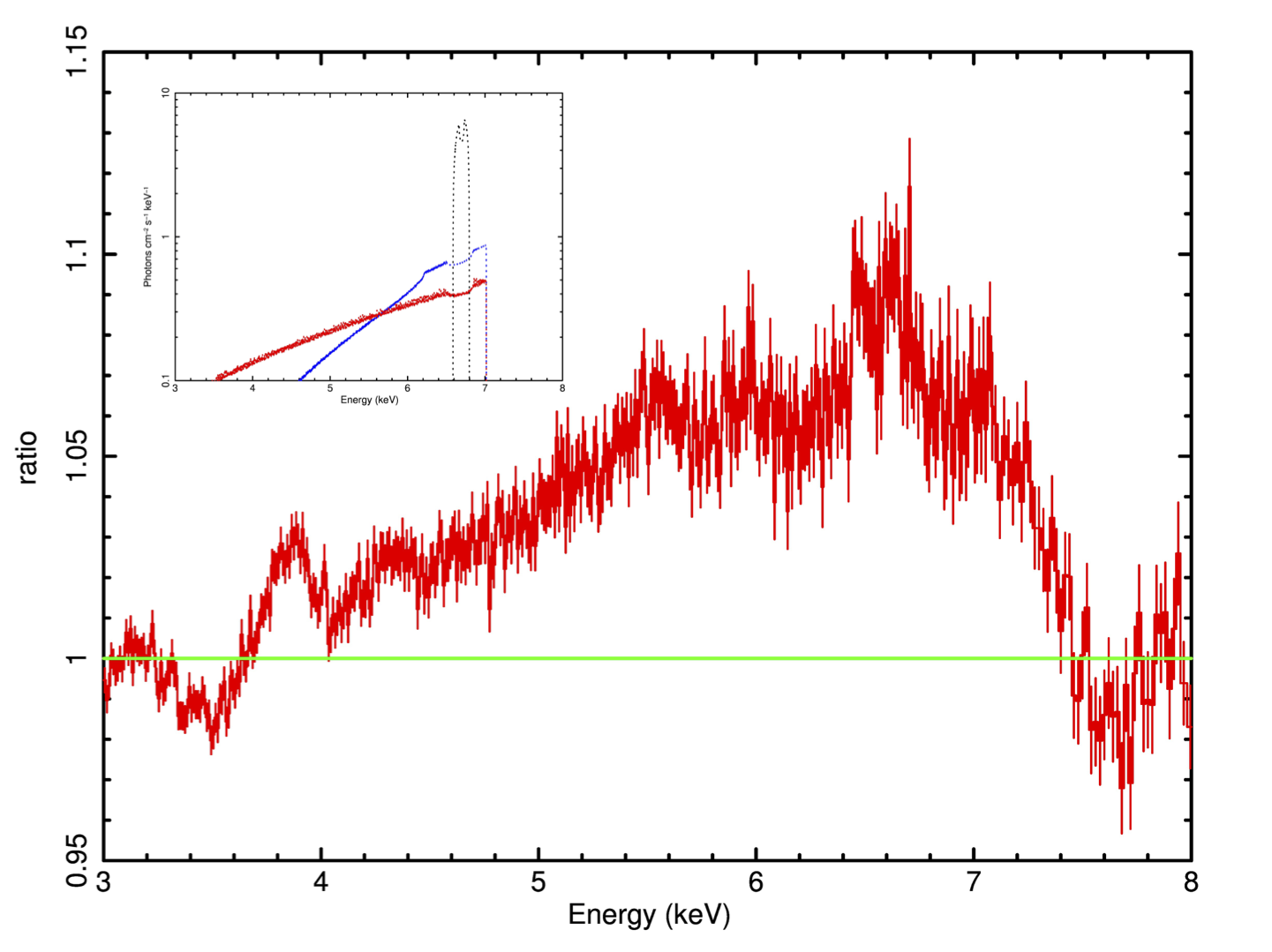NICER / ISS Science Nugget for September 22, 2017NICER sees a MAXI Black HoleLIGO has recently observed the merger of two stellar-mass black holes through the direct detection of gravitational wave radiation from these rare events. Further analysis of the gravitational wave data was able to constrain the spin of the newly formed black hole. NICER is ideally suited to measurements of black hole spin in X-ray binaries in the Milky Way and nearby galaxies. These parallel abilities mark an exciting new era for astrophysics. What are X-ray binaries? Black hole X-ray binaries are systems wherein a normal star orbits a black hole. Many of these systems have extended quiescent periods, wherein their X-ray luminosity hardly exceeds that of our Sun. However, when the black hole actively accretes from the atmosphere of the companion star, the X-ray luminosity can jump upward by eight orders of magnitude. Then, the X-ray emission from hot gas orbiting close to the black hole can be used to study the hole itself. Emission lines produced in this region are shaped by relativistic Doppler effects (the train whistle effect), shifting light to higher and lower energy, and by gravitational red-shifts (photons lose energy just escaping from the extreme gravitational potential). Three weeks ago, the ISS experiment MAXI discovered a previously unknown black hole, leading to the designation MAXI J1535-571. NICER observations of MAXI J1535-571 put the unique capabilities of the mission on full display. Even in short exposures, NICER is able to record spectra with iron lines that have been shaped by the innermost relativistic regime close to the black hole.
A preliminary analysis finds that the NICER data are consistent with a black hole spinning close to its theoretical maximum rate. NICER coordination with NASA's NuSTAR and ESA's INTEGRAL observatories will help to develop a more complete physical picture of MAXI J1535-571. NICER
|



